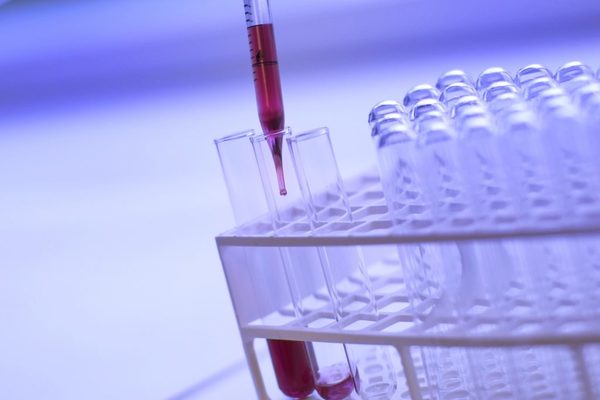Guide: Making Sense of Covid-19 Testing
The guide presents a few insights and highlights common misconceptions about Covid-19 testing. [...]

This is a guest blog by Dr Jon Otter, research fellow at the Centre for Clinical Infection and Diagnostics Research at King’s College London.
I have recently been looking at the potential for developing safe, effective antimicrobial surfaces. The focus of my interest has been hospitals and healthcare settings, but the potential applications of antimicrobial surfaces are much broader: consumer, food, laboratory and many more. So I was very interested to help Justine with the reply she received when she Asked for Evidence about antimicrobials surfaces derived from foods such as green tea, red wine and dark chocolate.
The discovery of this new type of antimicrobial coatings is a great story: researchers at Northwestern University, Illinois, detected a colourless residue left behind in kitchen sinks by certain foods. They then synthetically produced similar compounds in the laboratory and found that they had similar properties.
The paper describes the initial discovery and experiments to test the ability of two substances to kill Pseudomonas aeruginosa and Staphylococcus aureus. The paper contains a lack of experimental detail here: Where did they obtain the P. aeruginosa and S. aureus for these experiments? What concentration was applied? Was it a wet or dry inoculum? What was the contact time? The paper reports a ’30-fold’ reduction but this is moderate in disinfection terms and considerably less than most other candidates for antimicrobial surfaces.
The authors of the paper should be congratulated for performing such detailed work, but some of the claims in the accompanying news piece on the University’s website are bold. For example:
“The coatings innately have properties that are very beneficial to saving lives and keeping people healthy. Without any further modification, they can help prolong the life of a medical device, reduce inflammation in a patient and prevent bacterial infections”.
Whilst this may be true, it would depend on the coated medical device being shown to have safe and durable antimicrobial properties, and demonstrate clinical benefit through properly designed studies. The release also talks about ‘killing bacteria on contact’. The level of detail in the study makes it difficult to appraise the antimicrobial properties of the coatings. They clearly have some antimicrobial traits but this may be moderate compared with other antimicrobial surfaces.
Overall these polyphenol-based coatings are a promising candidate for producing antimicrobial surfaces. However, there is a long way to go before they are ready for widespread adoption for healthcare and other applications.
The guide presents a few insights and highlights common misconceptions about Covid-19 testing. [...]

The guide presents a few insights and highlights common misconceptions about having health tests and scans. [...]

On his way home from work Alex was handed a flyer claiming private medication cost less than buying it from the NHS. He decided to #AskForEvidence [...]

Public expectations about screening don’t always match what screening programmes can deliver. The specific benefits of screening programmes and the sensitive calculation of these against possible harm have been largely [...]
Every month there are dozens of news reports about medical breakthroughs and wonder drugs. The internet is cluttered with adverts and chat-room conversations testifying to ‘amazing’ benefits. [...]

Like a lot of 20-somethings in the Western world, I spend the odd 10 minutes here and there scrolling through social media. One day in July I was scrolling through [...]